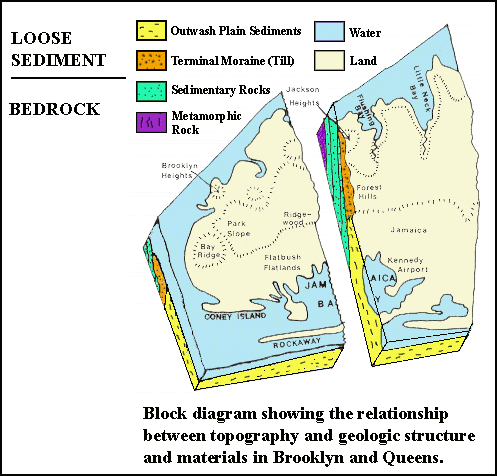Per the nomenclature used by New York City's Housing & Preservation Department, my family occupies the basement and first floor of our house. If I'm being fancy, I might refer to these respectively as the garden and parlor levels, the garden level having a rear entrance into our tiny backyard and the parlor level having slightly higher ceilings and somewhat more ornate trim. These terms could be useful if I'm talking to someone who also lives in a row home and has a pedantic interest in turn-of-the-twentieth century architecture, but they're a little ostentatious to basically everyone else — most notably the app delivery drivers who, more frequently than anyone else, have the certain displeasure of trying to determine which poorly lit house, floor, and doorbell are ours. So to the apps I revert to more descriptive terms, referring to the basement level (where we eat our meals, among other things) as the ground floor and adding that it's under the stoop. I do this repeatedly, every time I place an order; I'm sad to say that these efforts don't seem to be helping much.
Our laundry machines are in our partially finished cellar, a term which I used to find synonymous with basement, though at least in New York City the former is more fully submerged than the latter. I find myself using our laundry machines about fifty times a week. I bring the laundry downstairs in a kind of a wicker basket, and go through the tedious process of setting the water to the coldest setting, because my clothes actually can't feel warm and cold, and in many cases cold water seems to work better at washing clothes than warm water does. I then usually forget when the half-hour wash cycle is over, and remember just before going to bed, and need to go back downstairs to set the laundry to dry — either by our tumble dryer, which burns methane gas and generally annoys me, or by line-drying using a clothesline I've strung back and forth across the cellar ceiling, which is a little labor intensive to use, and admittedly kind of a political statement on my part, but superior to tumble drying in every other metric that I can track.
Some time passes. The laundry is clean and dry. I load it back into the wicker basket, and if I'm not pressed for time (and especially if it's been line-dried, which tends to produce at least partially pre-sorted results) I sort it then and there, separating each person’s clothes into a distinct layer, with small items stuffed between stacks of t-shirts and pants so that I can grab a whole assemblage — the assemblage of my clothes, say — and lift it out of the basket in one big sandwich when I'm ready to.
I bring the basket back upstairs, from the cellar, to the basement, to the first floor, opening the bedroom door awkwardly because the basket really requires two hands. I put the basket down on the bed. The assemblage of my clothes is on the top, and I lift it out of the basket, set it down on the bed, and begin sorting it into the dresser.
Clothes aren't very heavy. Most textiles weigh between one and four hundred grams per square meter; my t-shirts seem to fall in the sub-two-hundred-gram range. A load of our laundry, in its receptacle, has a mass a little under five kilograms — a bit heavier than the average cat. When I set the basket down on the bed, I can observe the bedding compressing slightly underneath the basket — and bulging up slightly in the area adjacent to it.
This is the metaphor I thought of, when I thought about the factors affecting Long Island's geology today.

Read the full story
The rest of this post is for paid members only. Sign up now to read the full post — and all of Scope of Work’s other paid posts.
Sign up now

